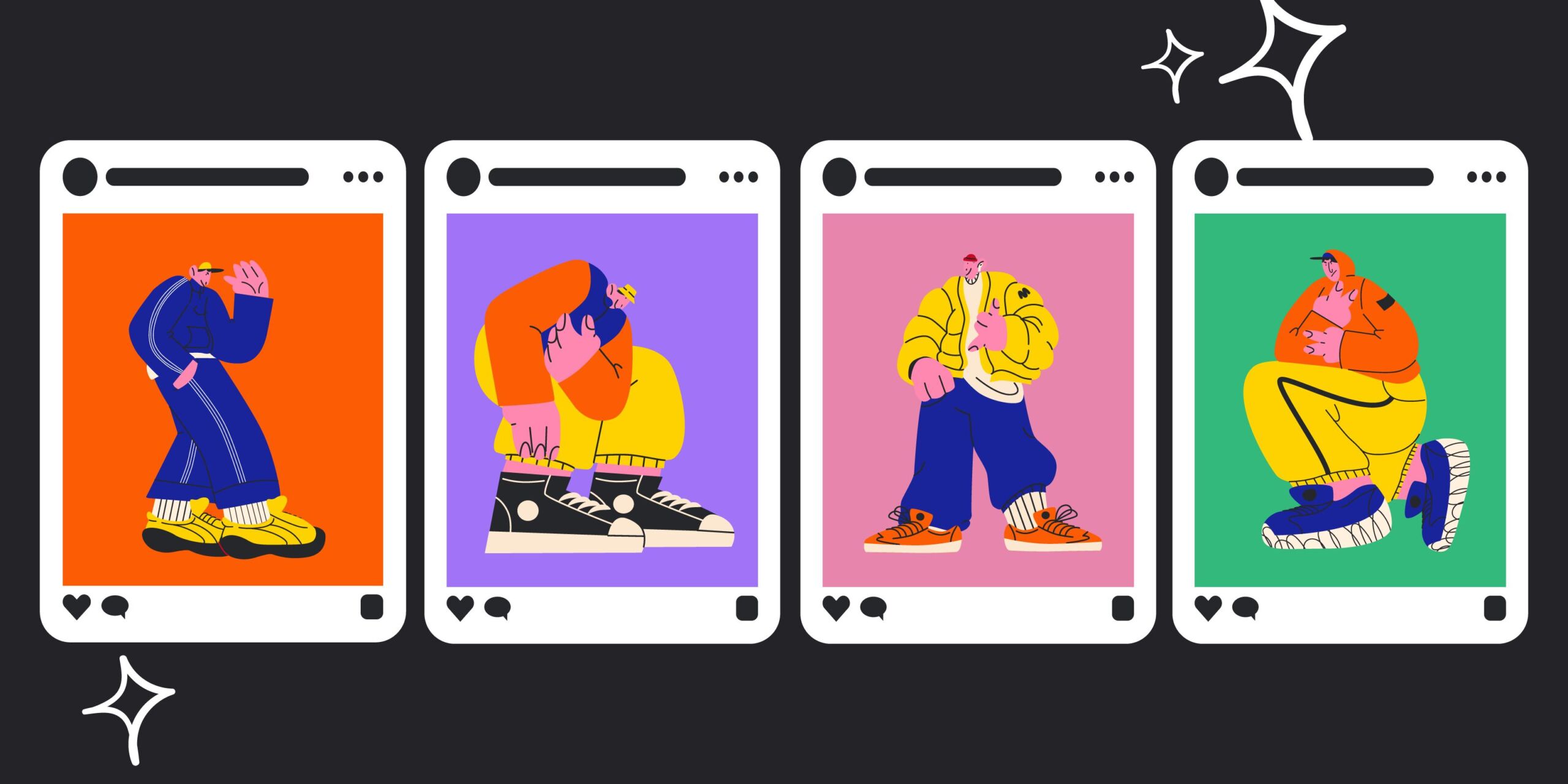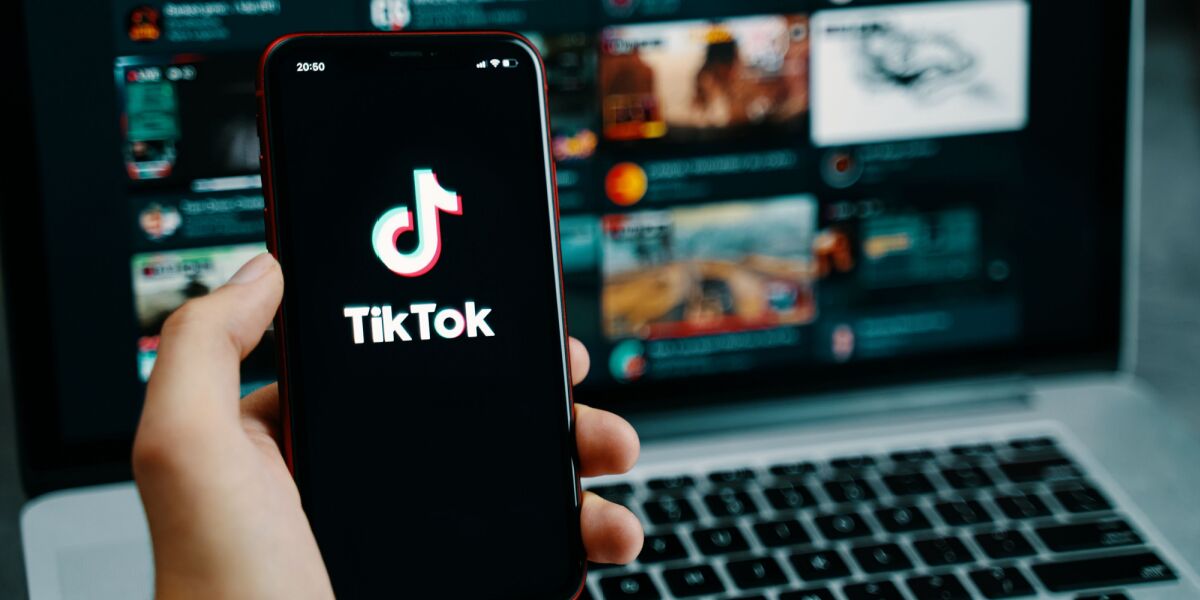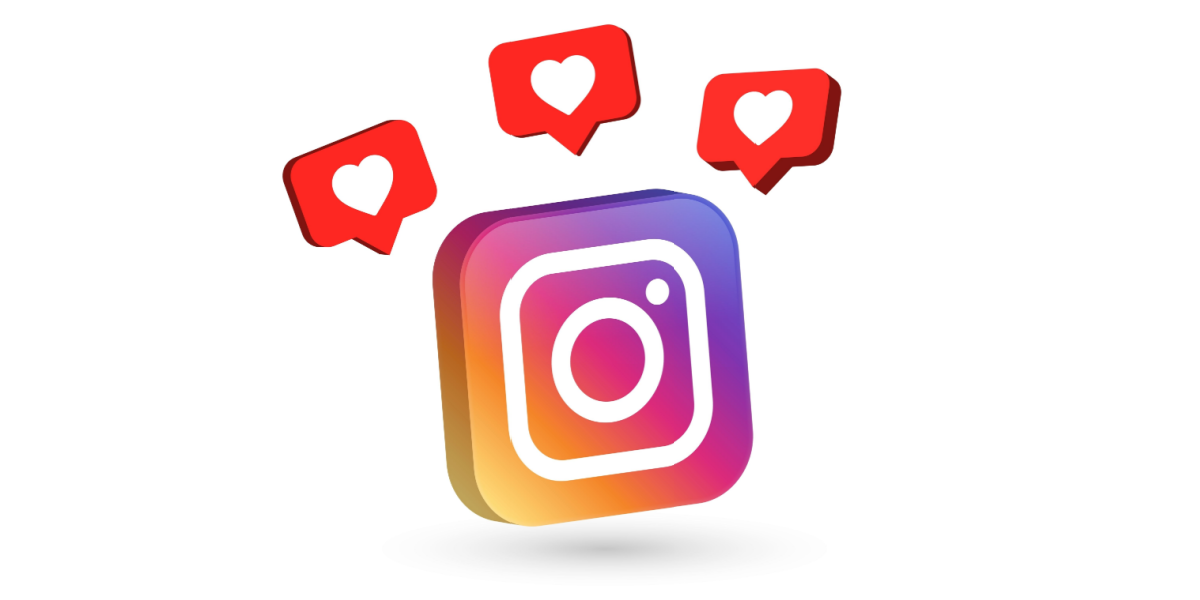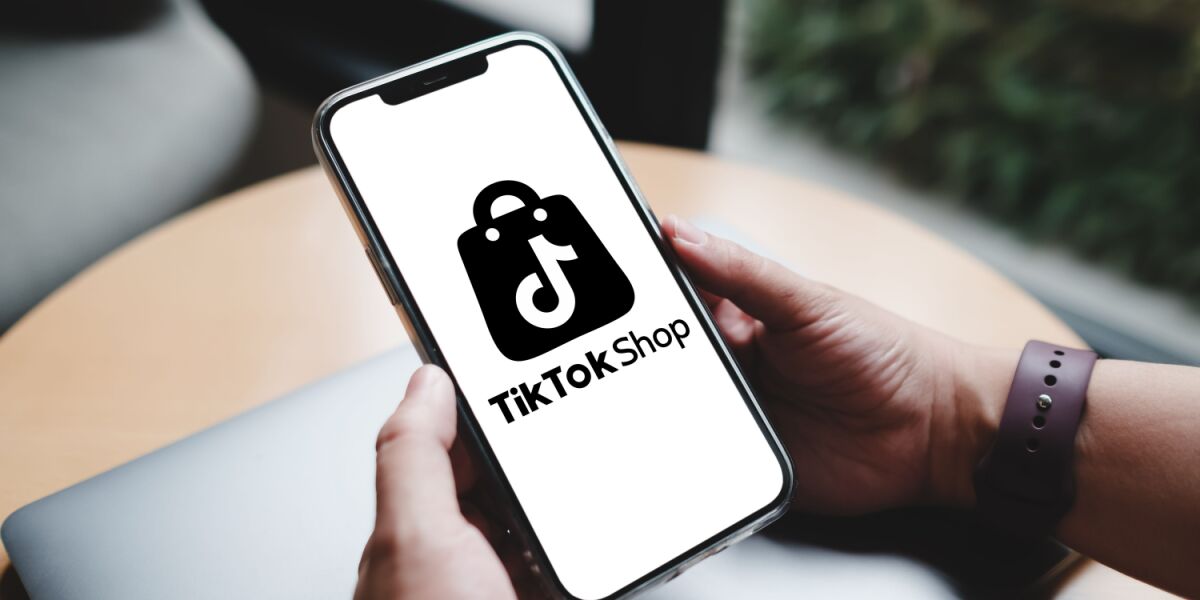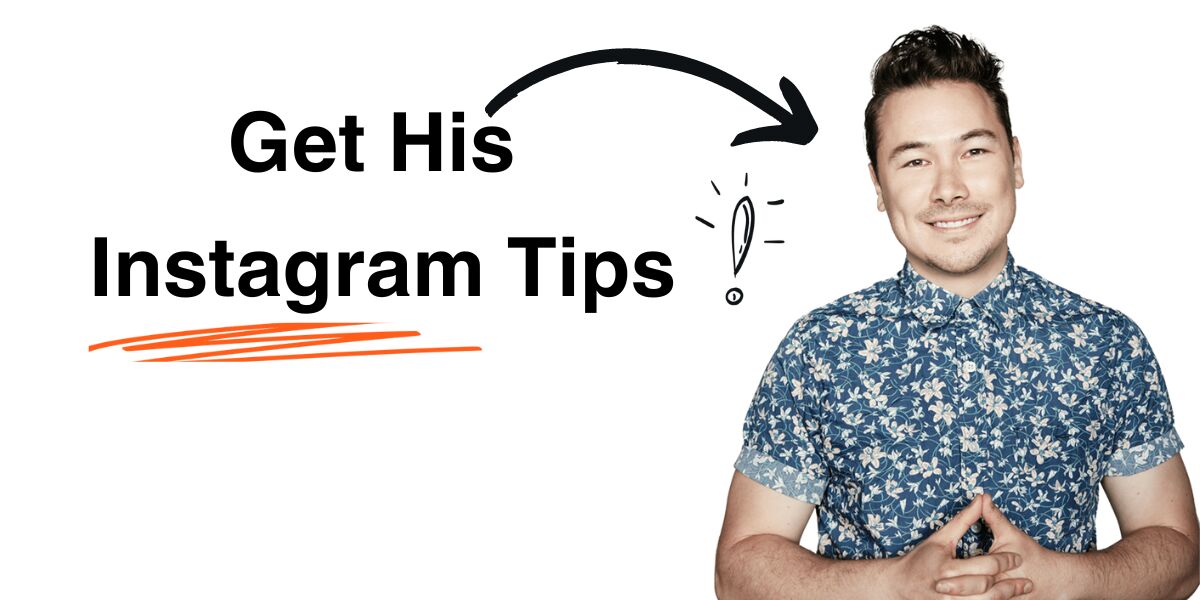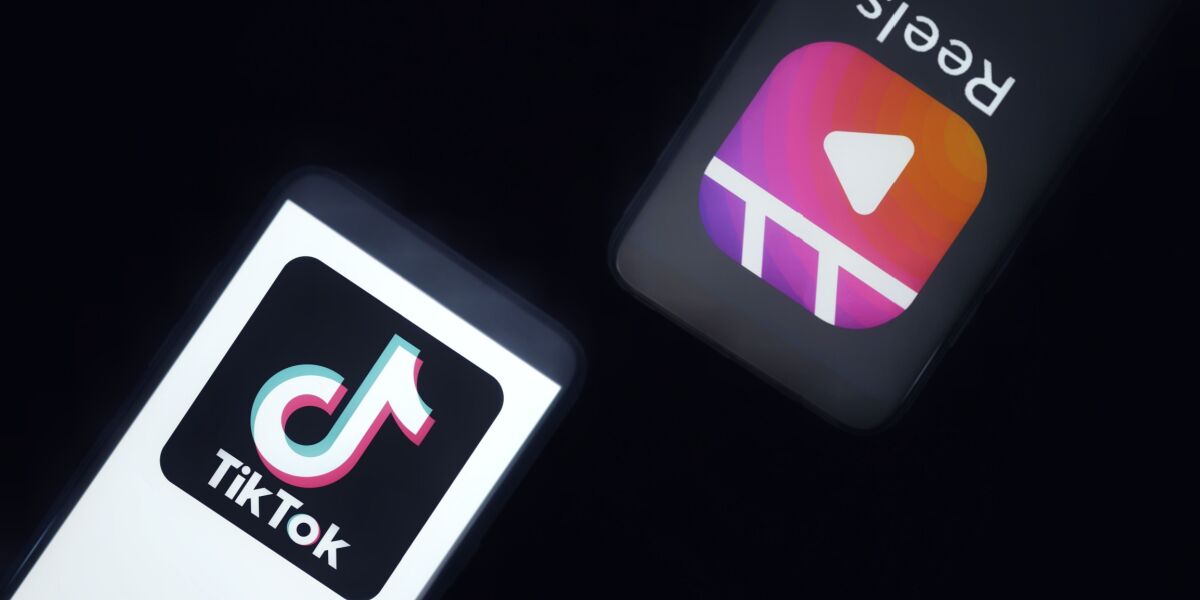Today, we’ll be discussing the weird and wonderful world of influencer marketing!
When working with influencers, it can be easy to fall into the age-old trap of working with the biggest possible influencers your budget can afford.
But what if I told you that micro-influencers are not only cheaper but often more profitable?
In this article, we will discuss micro-influencers in greater detail, outlining how they can take your brand to the next level.
Short on time? Here are the key takeaways
- Working with microinfluencers can be incredibly cost-effective, and help you reach niche audiences.
- Microinfluencers are an excellent way to improve your brand’s trust and credibility, helping startups get a foothold in the market.
- When reaching out to micro-influencers, be professional, offer clarity, and always make sure your content is personalized.
What are Micro-influencers?
Before we dive into the benefits and how to work with them, let’s quickly define what we mean by the term ‘micro-influencer’.
Generally speaking, a micro-influencer is anyone with 1,000 to 100,000 followers, but that varies depending on the platform, and in most instances, we would be looking at influencers closer to 1k to 100k.
Despite the lower follower count, micro-influencers tend to be extremely passionate about their personal brand, and as such, they have successfully cultivated a highly dedicated and like-minded following.
The Benefits of Utilizing Micro-Influencers
With that in mind, let’s take a look at some of the benefits that working with a micro-influencer can provide your brand.
It’s cost-effective
One of the biggest benefits of opting for a microinfluencer is that, compared to larger influencers, micro-influencers tend to be much cheaper to work with.
Due to their follower count, they can’t demand the same extortionate amounts, but if you pick the right micro-influencers for your brand, your campaigns can have a significant impact.sd
After all, a celebrity or large influencer might have a big following, but if most of that following is not engaged or not in your target demographic, then they are not worth your limited budget spend.
Increased engagement rates
As I have just touched on, micro-influencers often have more engaged audiences than many influencers with larger followers. As a result, they often have followers who trust their opinions and interact with their content at higher rates.
So when you opt to work with them, and they positively align themselves with your brand’s product or service, that type of endorsement carries a lot of weight with their audience.
Reach niche audiences
Micro-influencers usually cater to specific niches, allowing brands to target highly relevant and interested audiences.
Let’s say, for example, you have created a new form of gaming keyboard. You would certainly attract more eyes to your product if you went for a generic influencer with a big following, but how many of their audience would actually need a gaming keyboard?
Are they gamers? Do they even play games on a PC?
Instead, opting for a microinfluencer that focuses on PC gaming would be much cheaper and more effective for your new product.
Easier to work with
On top of improved engagement, working with micro-influencers is typically more flexible and collaborative, allowing for more personalized and creative content creation.
Micro-influencers are much more passionate about doing a good job, allowing you to collaborate closer on projects and get the exact type of content you are after.
Potential long-term partnerships
Building relationships with micro-influencers early on can lead to long-term partnerships that grow alongside your brand.
By working with micro-influencers early in their career and your brand’s career, you can both continue to benefit as you each grow and expand your reach.
How to Reach Out to Micro-Influencers
With all those benefits up for grabs, here are a few things to keep in mind when you reach out to your chosen micro-influencers.
Identify relevant influencers
The first step is to find micro-influencers that suit your needs. You can do this via the discovery features of your chosen social media platforms or even via a specific influencer marketing tool.
Gretta Van Riel founded her own social media influencer agency, Hey Influencers, which can also help with your search.
When looking at micro-influencers, search for ones with high engagement rates and authentic interaction with their followers, not just a large follower count.
Personalize your approach
Once you’ve identified a batch of influencers you’d like to work with, it’s time to reach out to them. Craft a personalized message that shows you’ve taken the time to understand their content and audience. Mention specific posts or themes that resonate with your brand.
Remember, even micro-influencers will be inundated with brand messages, so it’s crucial that you take the time to write something truly personalized, not just insert name here.
Use a friendly and genuine tone, showing appreciation for their work and why you think they’d be a great fit for your brand.
If they don’t respond, simply move on to the next person on your list. Micro-influencers are busy people, and they don’t owe you a response, so you shouldn’t get mad if you don’t hear back.
Clearly define your offer
Within your initial message, clearly outline what you are proposing, whether it’s a product review, sponsored post, giveaway, or another type of collaboration.
It’s crucial you get to the point with your outreach message. Otherwise, you are much more likely to get ignored. Explain what’s in it for them, whether it’s free products, monetary compensation, or other incentives like cross-promotion or affiliate opportunities.
While free products are obviously the cheapest version for your brand, they will likely get minimal traction with influencers.
After all, micro-influencers are likely full-time professionals and should be treated as such by offering them fair compensation for their time.
Provide all the necessary information
Alongside your offer details, it’s important to provide relevant information about your brand, products, and target audience to help them understand your vision and goals.
Micro-influencer audiences have been carefully garnered, often over years of interaction, so an influencer will want to know if your brands align before agreeing to work with you.
Final Thoughts
As you can see, there are many reasons why reaching out to micro-influencers can be an incredibly effective way to grow your brand.
Check out more tips and tricks for working with influencers and everything else related to scaling your start-up, be sure to check out foundr+.
You can try the platform for 7 days for just $1.
Frequently Asked Questions About Micro-Influencers
What defines a micro-influencer?
A micro-influencer is typically defined as a social media personality with a follower count ranging from 1,000 to 100,000. They are known for their deep connections with niche audiences and often have higher engagement rates than larger influencers.
Why are micro-influencers more cost-effective for startups?
Micro-influencers generally charge lower fees compared to macro-influencers or celebrities, making them a budget-friendly option for startups. This cost-effectiveness, combined with their high engagement rates, often leads to a better return on investment.
How do I find the right micro-influencers for my brand?
To find the right micro-influencers, use social media platforms, influencer marketing tools, and hashtag searches to identify influencers who align with your brand’s niche and target audience. Evaluate their engagement rates and the authenticity of their interactions with followers.
What is the best way to reach out to micro-influencers?
The best way to reach out to micro-influencers is through a personalized and authentic message. Tailor your communication to reflect your understanding of their content and explain clearly what collaboration you are proposing, ensuring it aligns with their style and interests.
